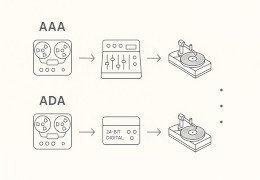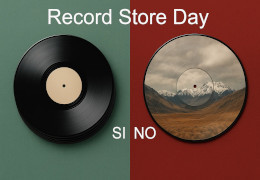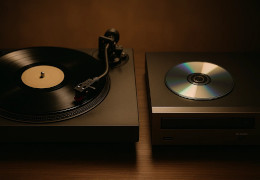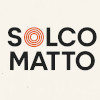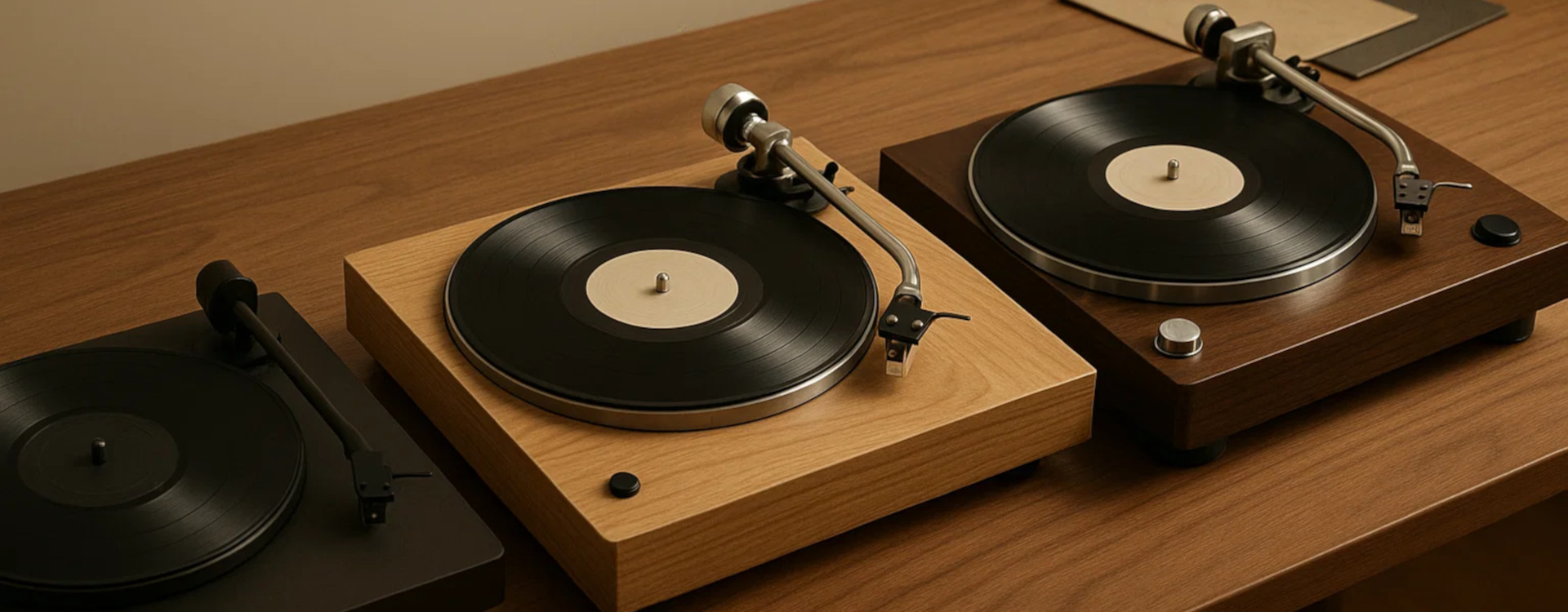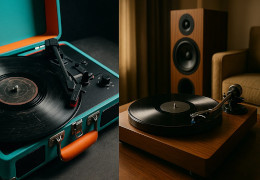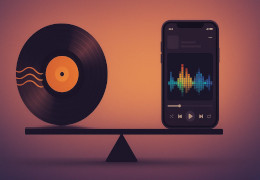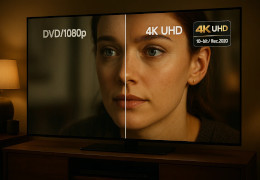How to Choose the Right Turntable: a Simple, Complete Guide
Thinking about buying a turntable and don’t know where to start? This guide gives you everything you need to choose with confidence: belt vs direct drive, tonearm and cartridge, phono preamps, the specs that actually matter, and a final check-list. Plain language, no fluff, practical tips.
Belt-Drive or Direct-Drive?
Belt drive: the motor is decoupled from the platter and linked by a rubber/silicone belt. It reduces motor vibration and is often quieter, ideal for home hi-fi listening.
- Pros: very low mechanical noise, clean sound, simple maintenance.
- Cons: the belt wears (typically every 2–5 years depending on use); slower start-up.
Direct drive: the platter sits directly on the motor. High torque and very stable speed from the first second—this is the DJ standard.
- Pros: instant start/stop, rock-solid speed, great for intensive use and pitch control.
- Cons: potentially more mechanical noise if the design isn’t well executed; pay attention to motor quality and control electronics.
Manual, Semi-Automatic, or Automatic?
- Manual: you cue and return the arm yourself. The “purest,” most reliable solution, but requires attention.
- Semi-automatic: you cue the arm, and at the end it lifts and/or stops by itself. Great balance of convenience and control.
- Automatic: press “Start” and it does everything. Perfect if you want maximum convenience or listen while doing other things.
Tonearm, Cartridge, and Stylus
The tonearm guides the cartridge in the groove. It should offer at least two adjustments: VTF (tracking force) and anti-skate. If available, VTA (arm height) and azimuth (stylus verticality) are also useful.
The cartridge converts vibrations into an electrical signal. Two main families:
- MM (Moving Magnet): best for beginners. Very good sound, lower cost, replaceable stylus.
- MC (Moving Coil): more delicate and costly, often more detailed. Needs a suitable phono preamp (high gain or step-up). Stylus is usually non-replaceable.
Stylus Shapes & Approximate Lifespan
- Conical: 300–500 hours – forgiving on imperfect records, less micro-detail.
- Elliptical: 500–800 hours – great balance of detail and cost.
- MicroLine/Shibata: 800–1000+ hours – maximum detail retrieval and more even wear.
Platter, Plinth, and Isolation
A heavier platter (aluminum, steel, acrylic) helps stabilize speed. The plinth (chassis) should be rigid and damped so it doesn’t “ring.”
- Isolation feet: reduce vibrations from the furniture.
- Mat (felt, rubber, cork, acrylic): changes record/platter contact and can affect tonality and static.
- Dust cover: useful; during playback it’s often better left open or removed to avoid resonance.
Phono Preamp: Built-In or External?
The cartridge signal is very weak: you need a phono preamp (RIAA stage) to amplify it and apply the equalization curve. Some turntables have one built in (handy to get started).
- Built-in: practical and adequate for entry-level systems.
- External: generally better sound, offers settings (gain, loading for MM/MC), and grows with your system.
- Amp with PHONO input → connect the turntable directly (including GND).
- Amp without PHONO → turntable → external phono pre → LINE input (AUX/CD).
- Active speakers → turntable with built-in pre or turntable → phono pre → speakers (LINE input).
Specs That Truly Matter (Without Getting Lost)
- Wow & Flutter (speed variations): ≤ 0.20% is good, ≤ 0.10% is excellent (lower is better).
- Rumble / rotational noise: ≤ −60 dB (more negative is better).
- S/N ratio: ≥ 60 dB is a good benchmark (higher is better).
- Supported speeds: 33⅓ and 45 rpm are essential; 78 rpm is a bonus for shellac collectors.
Step-by-Step Setup (Safe and Repeatable)
- Placement: stable, level surface (use a spirit level). Keep away from subwoofers and vibration sources.
- Cartridge mounting: if the headshell is removable, take your time. Tighten screws firmly but gently.
- Arm balancing: zero the counterweight, balance the arm level, then set the recommended VTF (e.g., 1.8–2.0 g).
- Anti-skate: start around the same value as VTF (e.g., 2 g → anti-skate ≈ 2) and fine-tune by ear/tests.
- Alignment: use a printable protractor to check the two alignment null points.
- Connections: hook up L/R and the ground (GND) wire to the phono pre or amp.
- Final checks: play a record you know; no distortion? clean tracking? You’re good.
Care and Useful Accessories
- Carbon-fiber brush to remove dust before every listen.
- Antistatic fluid and cloth or a record-cleaning kit for periodic washes.
- Stylus brush (or dedicated gel) to clean the stylus.
- Stylus scale to verify actual VTF.
- Mat in cork/rubber or an acrylic platter for better record coupling.
- Clamp/weight (optional) to tame slight warps.
Choose by Use Case (Quick Profiles)
- First home system: belt drive, arm with VTF/anti-skate, elliptical MM cartridge, built-in or basic external phono pre.
- Growing hi-fi: belt with heavier platter, VTA/azimuth adjustments, midrange MM (or MC + proper pre), adjustable external phono pre.
- DJ / intensive use: direct drive with high torque, pitch control, sturdy arm, conical or elliptical stylus built for abuse.
Quick Glossary
- VTF (Tracking Force)
- The “weight” with which the stylus sits in the groove, in grams. Too low = skips/distortion; too high = wear. Set with the counterweight (verify with a stylus scale).
- Anti-skate
- Force that counters the arm’s tendency to move toward the record center. Start around the VTF value and fine-tune.
- VTA (Vertical Tracking Angle)
- The angle at which the stylus enters the groove. Adjust by raising/lowering the arm. Starting point: arm parallel to the record.
- Azimuth
- Stylus verticality relative to the groove. If tilted, L/R channels become unbalanced.
- Overhang
- How far the stylus sits ahead of the arm pivot. Set with a protractor to minimize distortion across the record.
- Offset angle
- Headshell angle relative to the arm. Together with overhang, it defines proper alignment.
- Compliance
- How “springy” the cartridge suspension is (µm/mN). Match it to arm effective mass to keep resonance around ~8–12 Hz.
- Arm effective mass
- The arm’s “dynamic weight.” Light arms pair with high-compliance cartridges; heavy arms with low-compliance ones.
- Wow & Flutter
- Micro-variations in rotational speed. Lower is better (≤0.20% good; ≤0.10% excellent).
- Rumble
- Low-frequency mechanical noise from motor/bearings. More negative values (e.g., −60 dB) are better.
- S/N ratio
- Difference between useful signal and background noise. Higher is better (≥60 dB is a good reference).
- Phono pre / RIAA
- Stage that amplifies the tiny cartridge signal and applies the RIAA curve. Can be built-in or external.
- Low-output MC / Step-up
- Low-output MC cartridges need a high-gain phono stage or a step-up transformer.
- Pitch control
- Fine speed adjustment (±%). Useful for DJs to beat-match or to compensate slight deviations.
- Headshell
- The removable mount for the cartridge. Makes swapping and alignment easier.
- Stylus shapes: Conical / Elliptical / MicroLine-Shibata
- From most forgiving (conical) to most detailed and durable (MicroLine/Shibata). See lifespan above.
- Protractor
- Template used to precisely align the cartridge (overhang and offset) at two null points.
- Loading for MM/MC (47 kΩ, pF)
- Phono pre settings (impedance/capacitance) that optimize frequency response and tone, especially with MM.
- GND (Ground)
- Ground wire between turntable and preamp/amplifier. Always connect it to avoid hum.
- Clamp / Weight
- A record weight or clamp to improve platter coupling and tame mild warps.
Quick Comparison: Which Profile Are You?
First Home System
- Drive: belt
- Arm: VTF and anti-skate
- Cartridge: elliptical MM
- Phono pre: built-in or basic external
- Focus: quietness, simplicity
- Easy upgrades: better stylus, mat, external phono pre
Hi-Fi Growing
- Drive: belt with heavier platter
- Arm: VTF, anti-skate, VTA/azimuth
- Cartridge: midrange MM or MC
- Phono pre: adjustable external
- Focus: detail, soundstage
- Upgrades: better cables/shielding, clamp, isolation
DJ / Intensive Use
- Drive: direct, high torque
- Controls: pitch, fast start/stop
- Arm: sturdy with essential adjustments
- Stylus: rugged conical/elliptical
- Focus: stability and reliability
- Accessories: slipmat, stylus light, flight case
Quick FAQ
Do I need a special amplifier? Yes: either an amp with a PHONO input or an external phono preamp between the turntable and a LINE input.
Bluetooth or cable? Cable still sounds best. With aptX/LDAC codecs, Bluetooth can sound very good and is convenient for multiroom.
Can I digitize my records? Yes—use a USB turntable or connect the phono pre’s LINE output to your computer’s audio interface.
When should I replace the stylus? Besides the hours listed above, replace it if you notice unusual distortion, strong sibilance, or visible damage.
What difference does the mat make? It improves record coupling and can reduce static/resonance. Try it—it’s a cheap, reversible upgrade.

